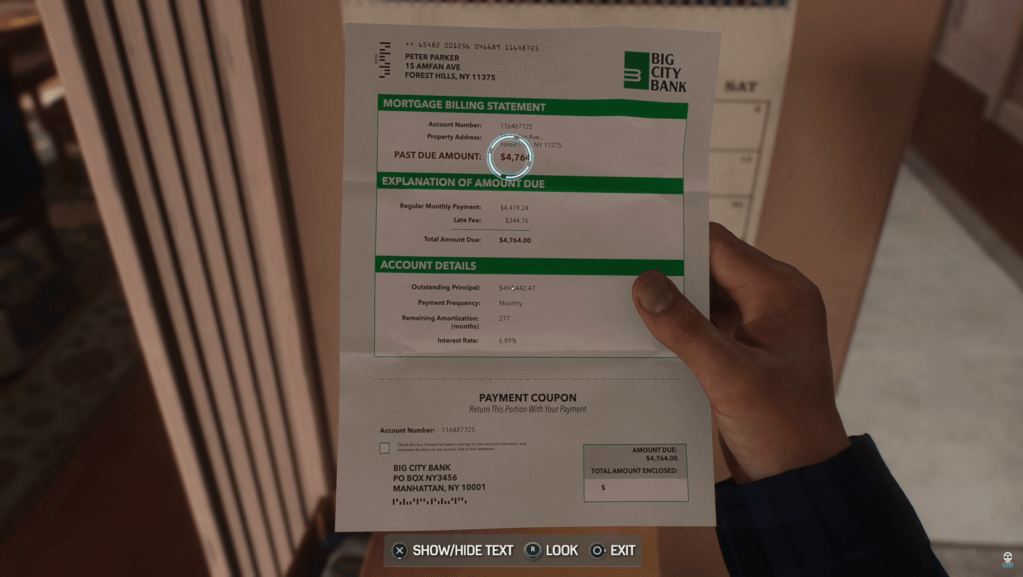Desert Bus was created by American illusionists Penn and Teller in 1995 for the Sega CD, devised as an intentionally bad video game that was to “work as a satire against the anti-video-game lobby” amidst the 90s culture wars. It was never released.
But as a recently published New Yorker piece details, the game’s been given a rebirth from the ashes of its Clinton-era obscurity by way of Desert Bus For Hope, an annual charity event created in 2007 and centered around the game’s sole gameplay mechanic: Desert Bus puts you behind the driver’s seat for a real-time, 8-hour commute from Arizona to Las Vegas. That’s it. That’s the entire game. There is no pause button. One point is awarded for completing the trip.
Videos by VICE
Seems easy right? Well, for the most part it is, provided you have eight hours of free time. There are no passengers to accompany you during your commute nor any cars driving on the road alongside you. But as TNY’s Simon Parker explains, the game’s simplicity anticipates and foils all possibility for an easy cruise-control through any of the game’s 16-hour round-trip.
“Finishing a single leg of the trip requires considerable stamina and concentration in the face of arch boredom: the vehicle constantly lists to the right, so players cannot take their hands off the virtual wheel; swerving from the road will cause the bus’s engine to stall, forcing the player to be towed back to the beginning. The only scenery is the odd sand-pocked rock or road sign,” Parker writes.
While its 16-bit graphics are nothing near the photo-realism that big-budget, current-gen games strive for, by virtualizing the mundanity of driving alone, the distilled real-time gameplay in Desert Bus makes for something that’s more realistic than how the Call of Duty franchise approaches realism. What better way to illustrate a desolate desert drive than with fewer pixels? This is what the Smithsonian should’ve featured in its flubbed but well-intentioned The Art of Video Games exhibit, which despite not living up to its potential was nonetheless a big milestone for the video game industry.
Imagineering, the now-defunct New Jersey-based developer behind Desert Bus, created a game that’s a mishmash of the two polar-opposite worlds on today’s consoles. Indie games forgo fidelity and realism to create something artful and focused on gameplay, and blockbuster releases forgo innovating gameplay to focus on making a gun look photo-realistic—with the latter being the reason why, like movies, an effects-driven game almost immediately looks dated when its sequel is released.
And where critically acclaimed, current-gen indie-art games like Journey use minimalist visuals to purposely strip away realism, Desert Bus combines the two: It’s both art and meticulously realistic.
Though it’s not an indie game and was actually made using what was then cutting-edge technology, the once-lost game is timeless in its anti-gameplay focus on gameplay, and really quite genius in how it recontextualizes the real world without an inordinate focus on graphics; in its place, the game cleverly uses time as its only link to the real world.
The game wouldn’t be out of place had it been released today on the Playstation Network or Xbox Live Arcade, right alongside the best of this generation’s art games.
In the once-nascent argument over whether or not video games are art, maybe Desert Bus‘s newfound life as a tool for charity could’ve even helped convince Roger Ebert and his antiquated argument that video games aren’t art (okay, probably not). The game is notable for its own merits, but its resurgence as a charity tool seems to only give more credence to its deserved place in videogame history: It’s helped raise over $1,000,000 for Child’s Play, a youth charity that donates game consoles to sick kids in hospitals.
Oddly enough, Desert Bus‘s newfound life began exactly 10 years after its originally intended release, when a former video game journalist sent his review copy (one of the only physical copies known to exist) to the guy who runs Lost Levels, a website about unreleased and hard-to-find games.
“The game remained a curious rumor until September, 2005, when Frank Cifaldi, a freelance American journalist and self-professed video-game historian, received a package in the mail,” Parker writes. “Cifaldi posted a review and a copy of the game to a number of Internet forums. Desert Bus had been rediscovered.”
After Cifaldi posted his review, the unreleased game began to make the rounds on various forums, and in 2006 was found by Paul Saunders, a member of an online sketch-comedy troupe called LoadingReadyRun. The group decided to use the game’s ridiculous, unrelenting simplicity as material for a one-off, live-streamed sketch to benefit charity.
The initial 2007 event proved to be a huge success. After it raised over $20,000 for charity during the event’s inaugural run, Desert Bus For Hope became an annual affair. After just six events at its new home, the rare Sega CD game has helped raise over $1,000,000 for hospitalized kids all over the world.
When you combine that fact with the game’s ahead-of-its-time subversion of traditional gameplay, and the fact that its inception was born out of exposing just how ill-informed 90s US Attorney General Janet Reno was about video games causing violence—well, if this isn’t game of the year, or game of 1995 or 2007 or whatever, I don’t know what is.



